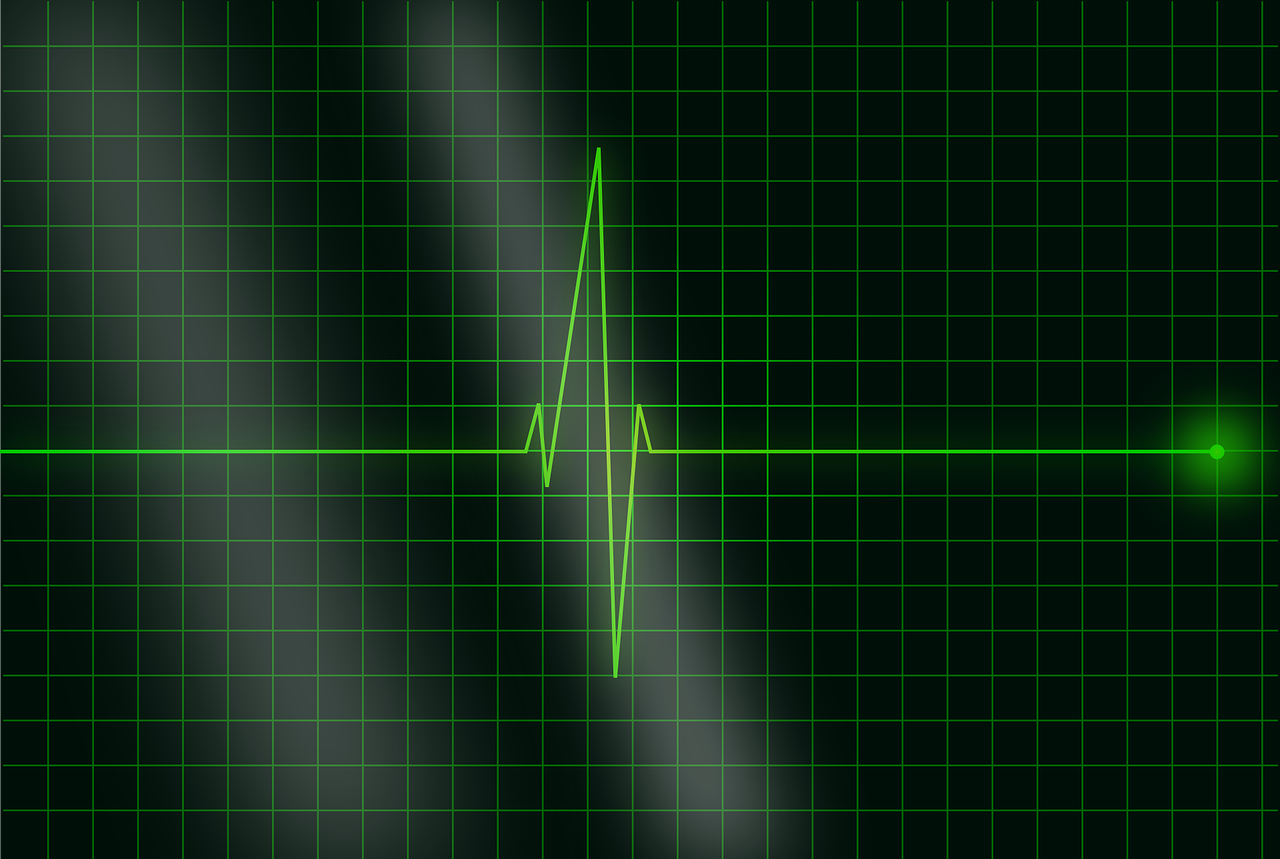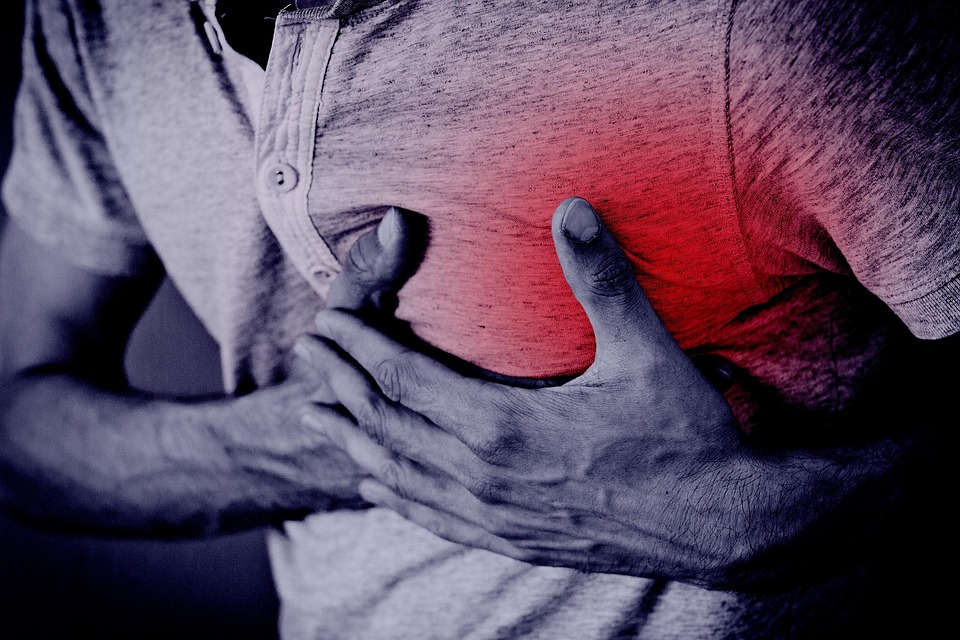Published on: July 26, 2025 at 15:38
Anterolateral infarct: it refers to a heart attack (myocardial infarction) that affects the anterior (front) and lateral (side) walls of the left ventricle of the heart. It typically results from blockage in the left anterior descending (LAD) and left circumflex (LCx) coronary arteries.
This condition is often detected through ECG (electrocardiogram) changes, and if not treated promptly, it can lead to life-threatening complications like heart failure, arrhythmia, or even sudden cardiac death.
Anterolateral infarct: Quick Facts About Anterolateral Infarction
| Feature | Description |
|---|---|
| Location Affected | Front & side wall of left ventricle |
| Main Arteries Involved | LAD & LCx branches |
| ECG Leads Affected | V3–V6, I, aVL |
| Common Symptoms | Chest pain, shortness of breath, sweating |
| Diagnosis Tool | ECG, cardiac enzymes, echocardiogram |
| Treatment Options | Medications, angioplasty, bypass surgery |
Anterolateral infarct: Causes of Anterolateral Infarct
The main cause of an anterolateral myocardial infarction is a blockage or reduced blood flow due to:
-
Coronary artery disease (CAD)
-
Plaque rupture and thrombosis
-
High blood pressure
-
Smoking
-
High cholesterol
-
Diabetes mellitus
-
Obesity and sedentary lifestyle

📈 ECG Findings in Anterolateral Infarct
ECG Leads Involved:
-
Anterior leads: V3, V4
-
Lateral leads: I, aVL, V5, V6
Common Changes:
-
ST-segment elevation in the affected leads (acute phase)
-
Pathologic Q waves may develop later
-
T-wave inversion or poor R wave progression
📌 IMPORTANT: An ECG alone isn’t enough. Always correlate with cardiac biomarkers like Troponin I or CK-MB.
🩺 Symptoms of Anterolateral Infarction
Many symptoms mimic a classic heart attack, including:
-
Severe chest pain (often radiating to the left arm, neck, or jaw)
-
Shortness of breath
-
Nausea or vomiting
-
Sweating (diaphoresis)
-
Fatigue or dizziness
-
Sense of impending doom
🔔 If these symptoms appear, seek emergency medical care immediately.
🧪 Diagnosis of Anterolateral MI
Key Diagnostic Tools:
-
Electrocardiogram (ECG)
-
Cardiac biomarkers (e.g., troponins)
-
Echocardiography (to assess heart wall motion)
-
Coronary angiography (to identify blockage)
📷 Optional: Add an image of ECG showing ST elevation in V3–V6, I, aVL.
Also Read: Anterolateral myocardial infarction by National Library of Medicine
💊 Treatment of Anterolateral Infarct
Emergency Treatment:
-
Aspirin – to reduce clot formation
-
Nitroglycerin – for chest pain relief
-
Oxygen therapy
-
Beta-blockers – reduce heart workload
-
Morphine – if pain persists
Revascularization:
-
Percutaneous coronary intervention (PCI) – primary method (angioplasty with stent)
-
Coronary artery bypass grafting (CABG) – for complex cases
Long-Term Management:
-
Statins (cholesterol-lowering drugs)
-
ACE inhibitors / ARBs
-
Lifestyle changes – quit smoking, diet control, regular exercise
-
Cardiac rehabilitation programs
Anterolateral Infarct vs Other Infarcts
| Type | Affected Leads | Artery Involved |
|---|---|---|
| Anterior MI | V1–V4 | LAD |
| Lateral MI | I, aVL, V5, V6 | LCx |
| Inferior MI | II, III, aVF | RCA |
| Anterolateral MI | V3–V6, I, aVL | LAD + LCx |
Anterolateral Infarct: Prevention
Preventing a heart attack is always better than treating one. Here’s how:
-
Control blood pressure and blood sugar
-
Maintain a healthy diet
-
Engage in regular physical activity
-
Stop smoking
-
Manage stress
-
Take prescribed medications regularly
An anterolateral infarct is a serious form of heart attack affecting the front and side walls of the heart. Early recognition through ECG, prompt medical intervention, and lifestyle modification are key to survival and long-term recovery.The good news is that with advancements in diagnostic tools like ECG and life-saving treatments such as angioplasty and medications, survival and recovery rates have greatly improved. Early detection, prompt emergency care, and ongoing lifestyle management are essential for preventing future cardiac events
🔎Anterolateral Infarct: FAQs
Q1. Is anterolateral infarct life-threatening?
✅ Yes, if untreated, it can lead to heart failure, arrhythmia, or death.
Q2. Can anterolateral MI be reversed?
🕒 Early treatment within the “golden hour” may help minimize heart muscle damage.
Q3. What are the ECG signs of anterolateral MI?
📉 ST elevation in leads V3–V6, I, and aVL is typical.
Also READ:
Can You Take Collagen While Pregnant? Benefits, Risks & Expert Advice 2025
Bible Quotes Good Morning (TOP 10): Start Your Day with Faith and Peace







7 thoughts on “Anterolateral Infarct: Critical Causes, ECG Findings, Symptoms & Treatment”